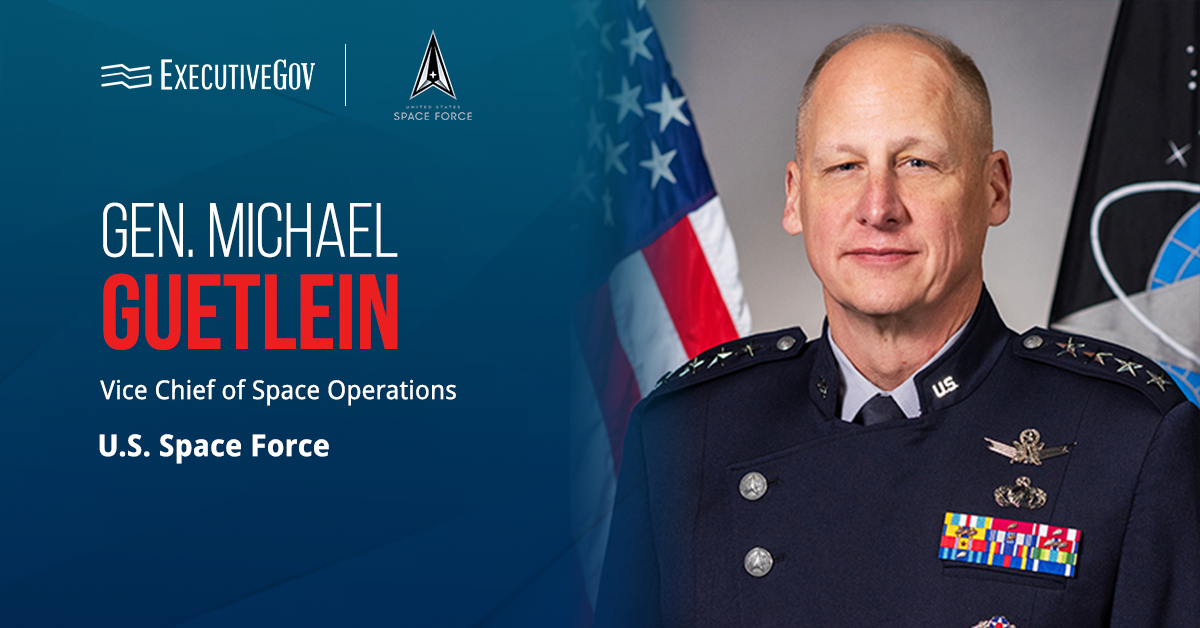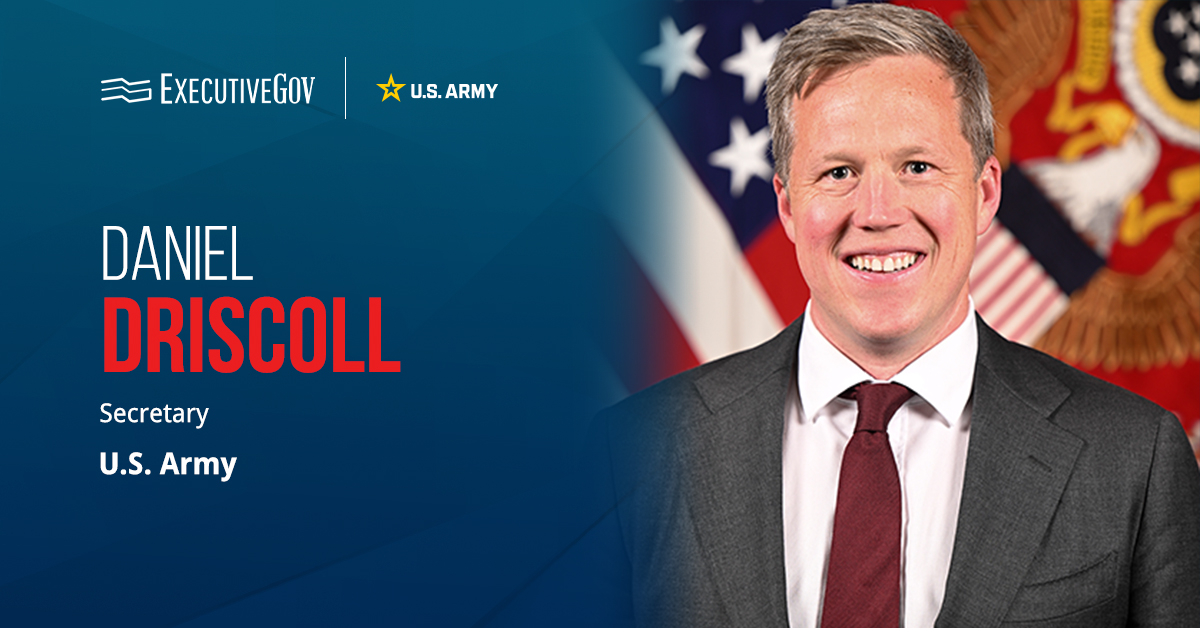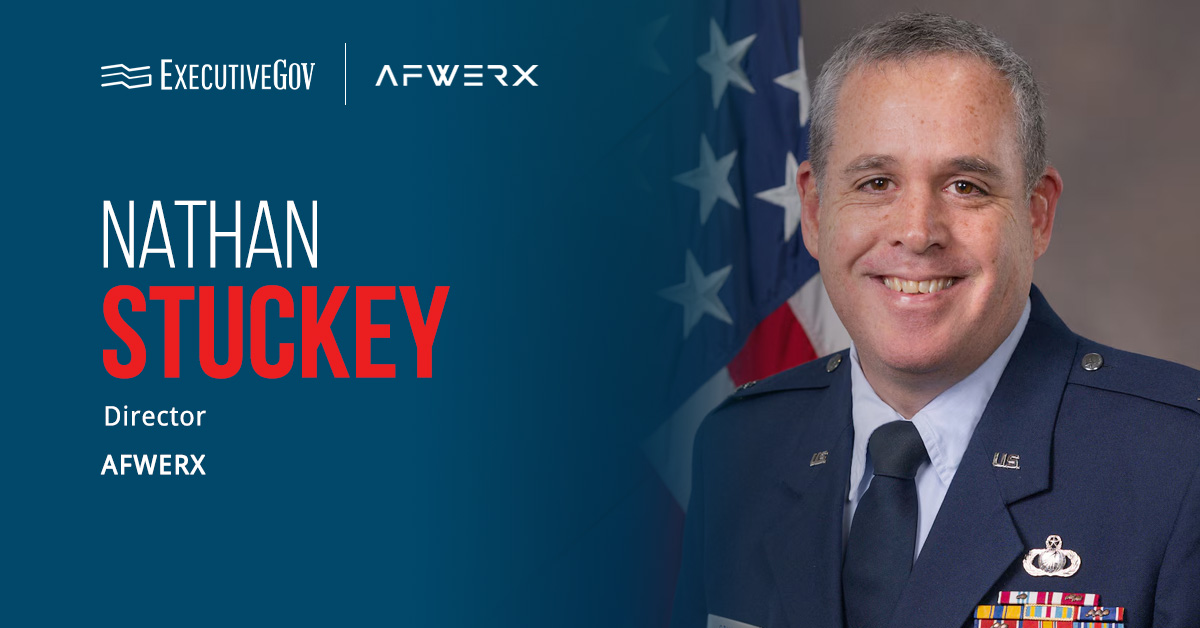President Donald Trump has officially nominated Gen. Michael Guetlein, the current vice chief of space operations at the U.S. Space Force and a 2025 Wash100 Award winner, as direct reporting program manager for the Golden Dome project.
Defense Secretary Pete Hegseth, also a Wash100 recipient, announced Guetlein’s nomination along with other nominees for leadership positions at the U.S. Air Force on Wednesday.
Table of Contents
Who Is Michael Guetlein?
Reports about Trump’s selection of Guetlein as the direct reporting program manager for Golden Dome for America first emerged in May. At a White House press conference, the president praised the four-star general’s “unmatched background in missile warning technology and defense procurement,” adding that Guetlein is known “to move fast.”

Gen. Guetlein is one of the keynote speakers at the Potomac Officers Club’s 2025 Air and Space Summit on July 31. Register for the in-person event here.
As the Space Force’s second-ranking officer, Guetlein assists the chief of space operations in training and equipping space forces around the world, implementing space policies, developing guidelines and coordinating space-related activities.
Before his current role, he served as commander of the Space Systems Command.
Outside of the Space Force, Guetlein held positions at the National Reconnaissance Office, Missile Defense Agency and the Air Force.
Trump’s Air Force Leadership Nominees
Hegseth’s Wednesday announcement also names Lt. Gen. Adrian Spain, Gen. Case Cunningham and Gen. John DeGoes.
Spain, deputy chief of staff for operations at USAF, was nominated as commander of the Air Combat Command. He will succeed Gen. Kenneth Wilsbach, who is retiring.
Meanwhile, Trump chose Cunningham, current head of the U.S. Alaska Command, to replace Spain as the deputy chief of staff, or the Air Force A-3.
DeGoes will hold the dual roles of surgeon general of the Air Force, his current position, and commander of the Air Force Medical Command.












